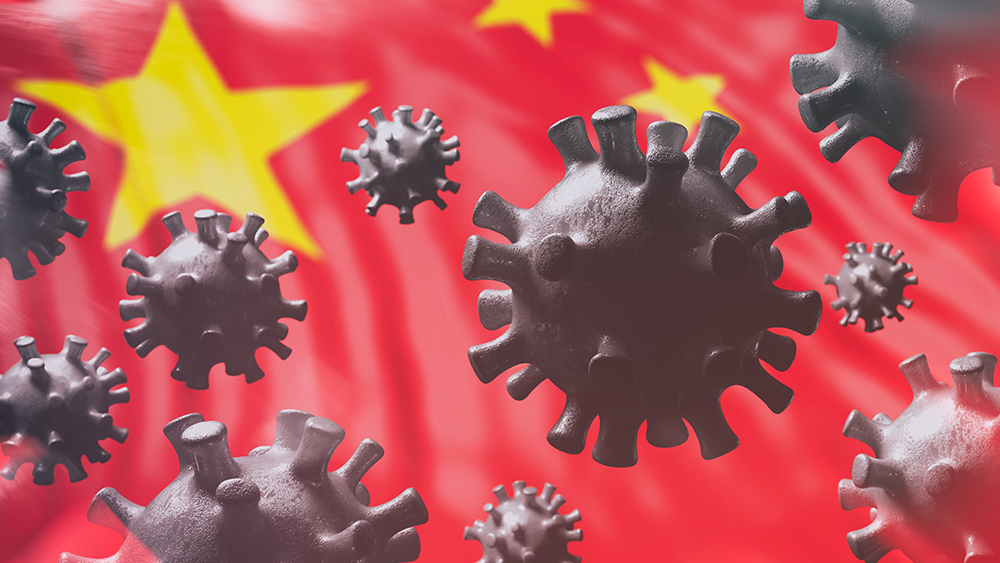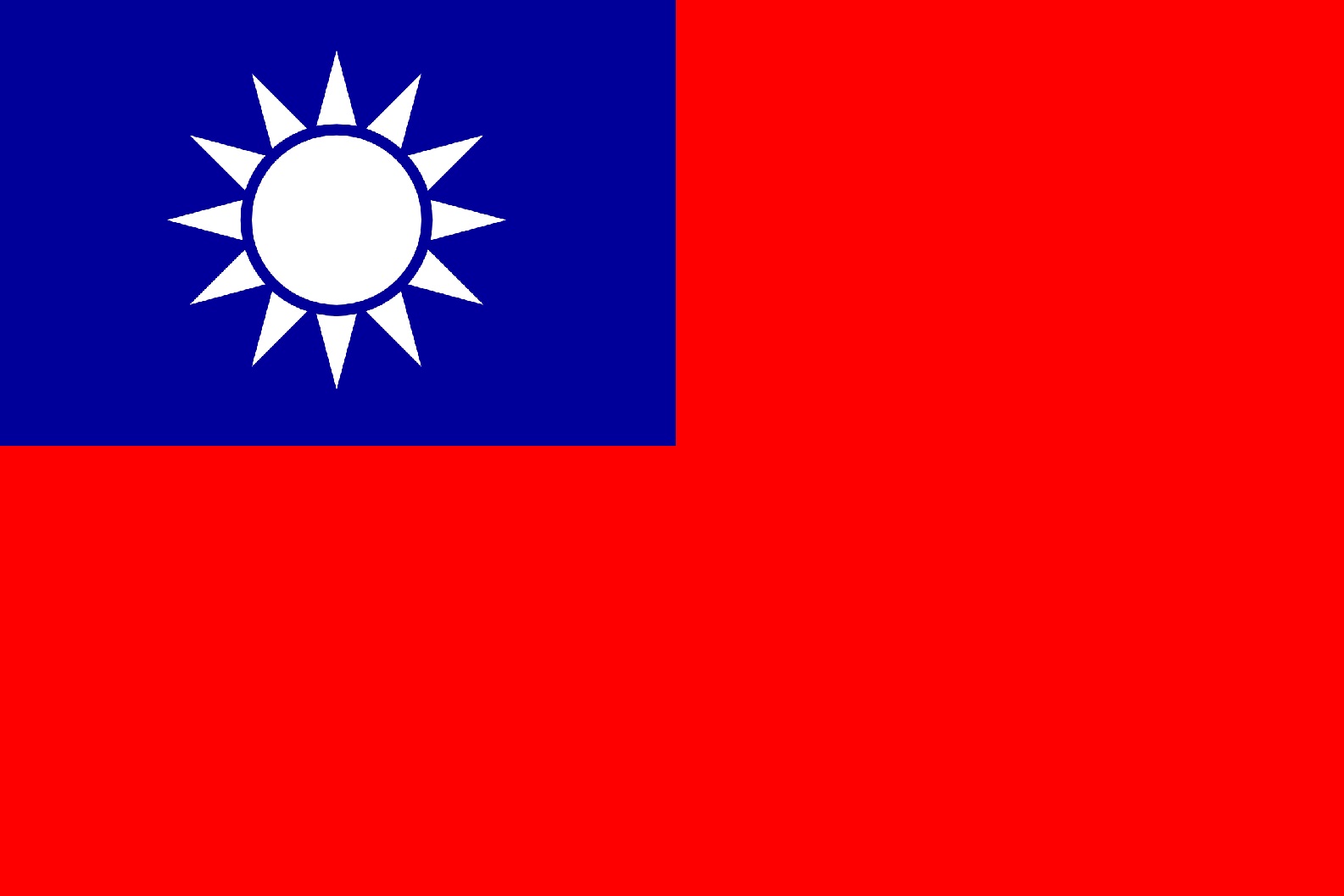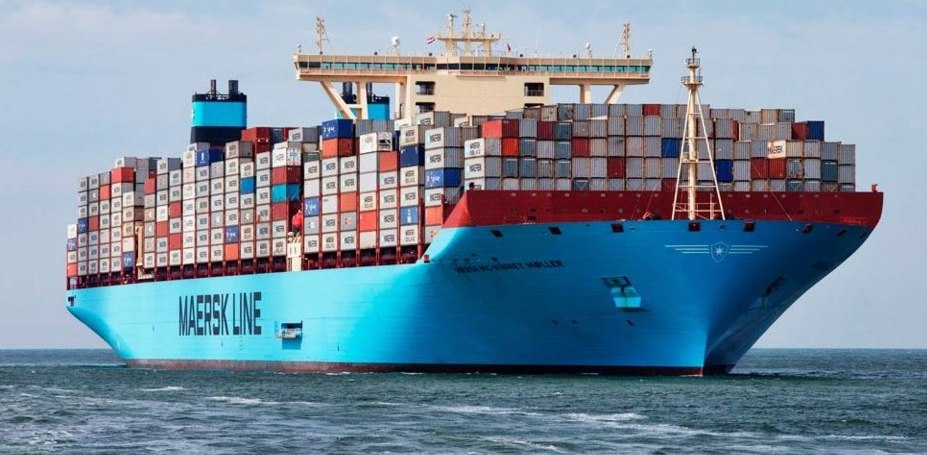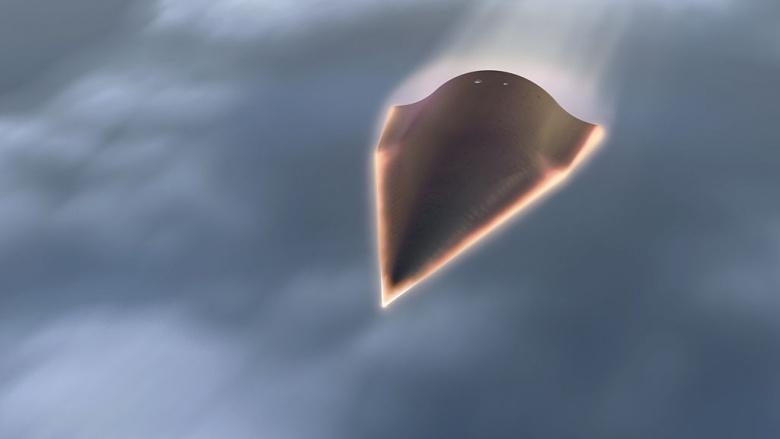Top Chinese diplomat: China must make first nuclear strike against US
09/28/2021 / By Nolan Barton
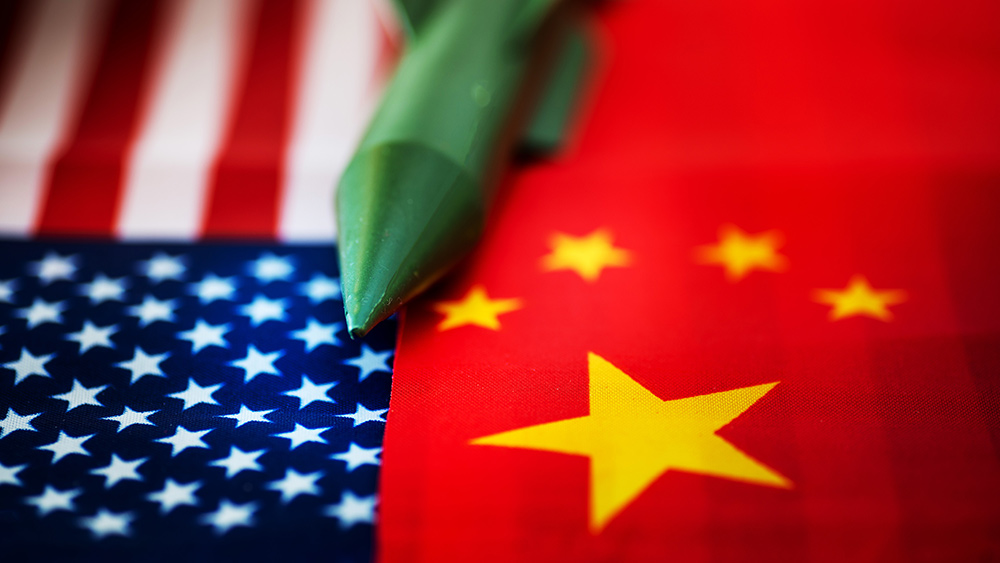
A top Chinese diplomat says his country’s long-standing promise to only use nuclear weapons in retaliation should be reexamined in response to the new alliances forming in the region.
Sha Zukang, China’s former ambassador to the United Nations (UN), is adamant that China must make the first nuclear strike against the U.S. if President Joe Biden continues to defend Taiwan.
“The unconditional no first use is not suitable, unless China-US negotiations agree that neither side would use [nuclear weapons] first, or if the US will no longer take any passive measures to undermine the effectiveness of China’s strategic forces,” says Sha, head of the UN Department of Economic and Social Affairs from 2007 to 2012.
“The strategic pressure on China is intensifying as the U.S. has built new military alliances and as it increases its military presence in our neighborhood.”
China became a nuclear power in 1964 and adopted the policy four years later. According to reports, China is constructing nearly 300 new nuclear missile silos. A paper published by the Chicago, Illinois-based Bulletin of the Atomic Scientists has estimated that China has 350 nuclear warheads, significantly more than the “low 200s” estimated by the Department of Defense (DoD) in its 2020 report on China’s military.
Chinese diplomat’s comments come as US fortifies presence in Asia
During last week’s meeting of the China Arms Control and Disarmament Association (CACDA) in Beijing, Sha acknowledged that the policy not to be the first to use nuclear weapons unconditionally has given China the moral high ground internationally. But he has also suggested the need to “reexamine and fine-tune” the policy because “the U.S. will see China as its main competitor or even its enemy in the future.”
His threatening remarks come ahead of a meeting hosted by Washington between the U.S., India, Japan and Australia – dubbed the Quad. The comments also follow the announcement of the AUKUS alliance, which has angered China. (Related: Most Americans don’t realize that each new day brings us a little bit closer to war.)
The new defense partnership between the U.S., the U.K. and Australia is a response to China’s growing power and assertiveness in Asia, particularly in the strategically important South China Sea. Under the pact, Australia will gain nuclear-powered submarine technology from the U.S. and the United Kingdom.
“We’ll stand up for our allies and our friends and oppose attempts by stronger countries to dominate weaker ones, whether through changes to territory by force, economic coercion, technical exploitation or disinformation,” says Biden. “But we’re not seeking – I’ll say it again – we are not seeking a new Cold War or a world divided into rigid blocs.”
Nuclear-powered vessels are faster, can stay submerged almost indefinitely and are bigger – allowing them to carry more weapons, equipment and supplies. Given Australia’s remote location and the fact its subs may operate in waters stretching from the Indian Ocean up to Japan, these are big pluses. Until now, only six nations – the U.S., U.K., France, China, Russia and India – have had the technology to deploy and operate nuclear-powered subs.
China has nuclear submarine that can slip past America’s first line of defense
On April 30, China launched a new nuclear submarine that can slip past America’s first line of defense and hit the American mainland.
Most U.S. cities are out of range of submarine-launched ballistic missiles (SLBM) because of the “first island chain” – a series of bases dotted across the Pacific Ocean equipped with sophisticated submarine detection systems.
With the first island chain acting as the country’s first line of defense, hostile submarines are exposed to detection and attack by American P-8 anti-sub patrol planes, surface warships and other undersea reconnaissance capabilities before even coming close to striking distance of the U.S. (Related: China exploiting Caribbean nations to build military and missile bases that can threaten the continental United States.)
But China’s new submarine can get past America’s first line of defense undetected. The Type 094A Jin-class, nuclear-powered ballistic missile submarine (SSBN) runs quieter than its predecessors and can render the first island chain useless.
It can also carry the JL-3 “Julang” nuclear missile that has a 6,200-mile range. The JL-3 can deliver the same number of warheads, including nuclear warheads, as its JL-2 predecessor. For context, the latter can be armed with either a single megaton-yield warhead 67 times more powerful than the Little Boy bomb dropped on Hiroshima, or three to eight smaller multiple independently targetable re-entry vehicles (MIRVs) that can strike different targets.
The Type 094A is one of the three new warships unveiled during the 72nd anniversary of China’s People’s Liberation Army (PLA) Navy. The others are a new guided-missile cruiser known as the Type 055 Renhai-class and the Type 075 amphibious helicopter assault ship.
In April, former PLA instructor Song Zhongping said that the Type 094A SSBN would boost China’s second-strike capability – its ability to retaliate after a nuclear strike.
“The new SLBM with MIRVs and with a firing range of over 10,000 kilometers is the basic technical requirement for an upgraded Type 094 SSBN to cause nuclear deterrence,” he said at the time. “China promises not to use a nuke first but a powerful SSBN fleet will help the PLA strengthen their second-strike power against rivals.”
China has six Type 094 and Type 094A SSBNs and plans to build two more to replace the Type 092 SSBNs.
China sends war planes into Taiwan airspace
On Sept. 23, China sent 19 war planes into Taiwan airspace before sending five more in a second surge later the same day. Tensions have risen since Taiwan announced its intention to join an 11-nation Pacific trade group that China has also applied to join. The independent state is the first link in America’s first island chain.
“The Chinese Communists have continued to invest heavily in national defense budgets, its military strength has grown rapidly, and it has frequently dispatched aircraft and ships to invade and harass our seas and airspace,” Taiwan’s Ministry of National Defense says.
“In the face of severe threats from the enemy, the nation’s military is actively engaged in military building and preparation work, and it is urgent to obtain mature and rapid mass production weapons and equipment in a short period of time.”
Taiwan has been keen to demonstrate it can defend itself, especially amid questions about whether the U.S. would come to its aid if China decides to attack.
The weapons Taiwan aims to buy include cruise missiles and warships, the ministry said. Taiwan has already unveiled a class of highly agile stealth warships, which it refers to as an “aircraft carrier killer,” and it’s also developing its own submarines.
Follow NationalSecurity.news for more news and information related to national security and nuclear weapons.
Sources include:
Tagged Under: big government, China, invasion usa, Joe Biden, military technology, national security, nuclear missile, nuclear submarine, nuclear war, Pacific Ocean, Taiwan, threat, war, weapons technology
RECENT NEWS & ARTICLES
COPYRIGHT © 2020 CommunistChina.News
All content posted on this site is protected under Free Speech. CommunistChina.News is not responsible for content written by contributing authors. The information on this site is provided for educational and entertainment purposes only. It is not intended as a substitute for professional advice of any kind. CommunistChina.News assumes no responsibility for the use or misuse of this material. All trademarks, registered trademarks and service marks mentioned on this site are the property of their respective owners.

